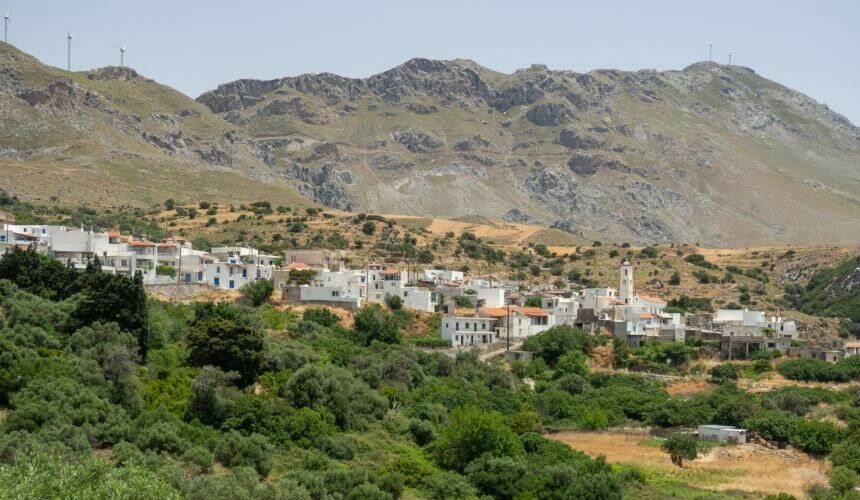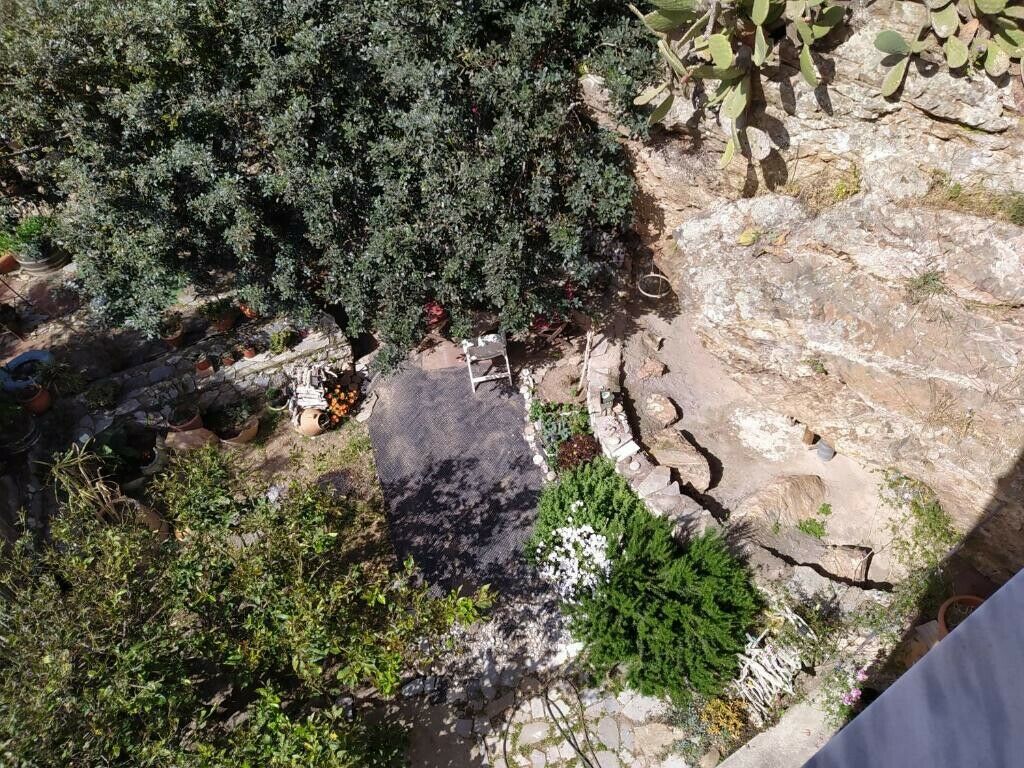"Discover the enchanting village of Kerames."
Kerames is a village in the province of Agios Vasileios, located 47 kilometers north of Rethymno. Situated at an altitude of 300 meters, it is home to a population of 440 residents. The community also includes the settlement of Agalianos.
The name Kerames is derived either from a hill called "Keramos," located slightly higher than the village itself, or from a corruption of the word "kerameus" (potter).
The exact date of the village's establishment is not known, but according to the estimations of its residents, it has had its current form for the past 280 years. Originally built near the coastline during the pre-Minoan period, the village was submerged by the sea over time. Discoveries include clay vessels and ruins of walls both inside and outside the sea boundaries. Due to threats from pirates, the coastal village was endangered, leading the inhabitants to gradually move inland to avoid their raids.
Kerames boasts a rich historical and folkloric museum, meticulously established and curated by Kostas Spyridakis. Within its walls, visitors can marvel at an array of Cretan revolutionary weaponry, ancient coins, captivating artworks, and more. The village itself witnessed a notable intellectual awakening, being among the pioneering locales to embrace formal education. Remarkably, despite evading Turkish rule, Kerames produced influential military figures such as Nikolaos Spyridakis, Kostis Spyridakis, Georgios Aretakis, and Michalis Tziritakis.
In the challenging years of occupation, approximately 150 German forces set up a strategic base in the village, strategically deploying machine guns to target Allied ships. The sacrifices made by Manolis Perrakis and Nikolaos Papadakis, who lost their lives during a German paratrooper assault, epitomize the village's resilience. Numerous villagers actively engaged in the resistance against the occupation.
The village proudly hosts an array of churches, each nestled within the rugged embrace of the landscape. These include Saint John, Saint Dimitrios, Saint Panteleimon, Christ the Savior, Saint George, Saint Onoufrios, Saint Nicholas, Saint Photeini, Saint Barbara, and Saint Antonios. The unique feature of these churches being integrated into the natural rocky formations adds to the village's distinctive charm and historical significance.


